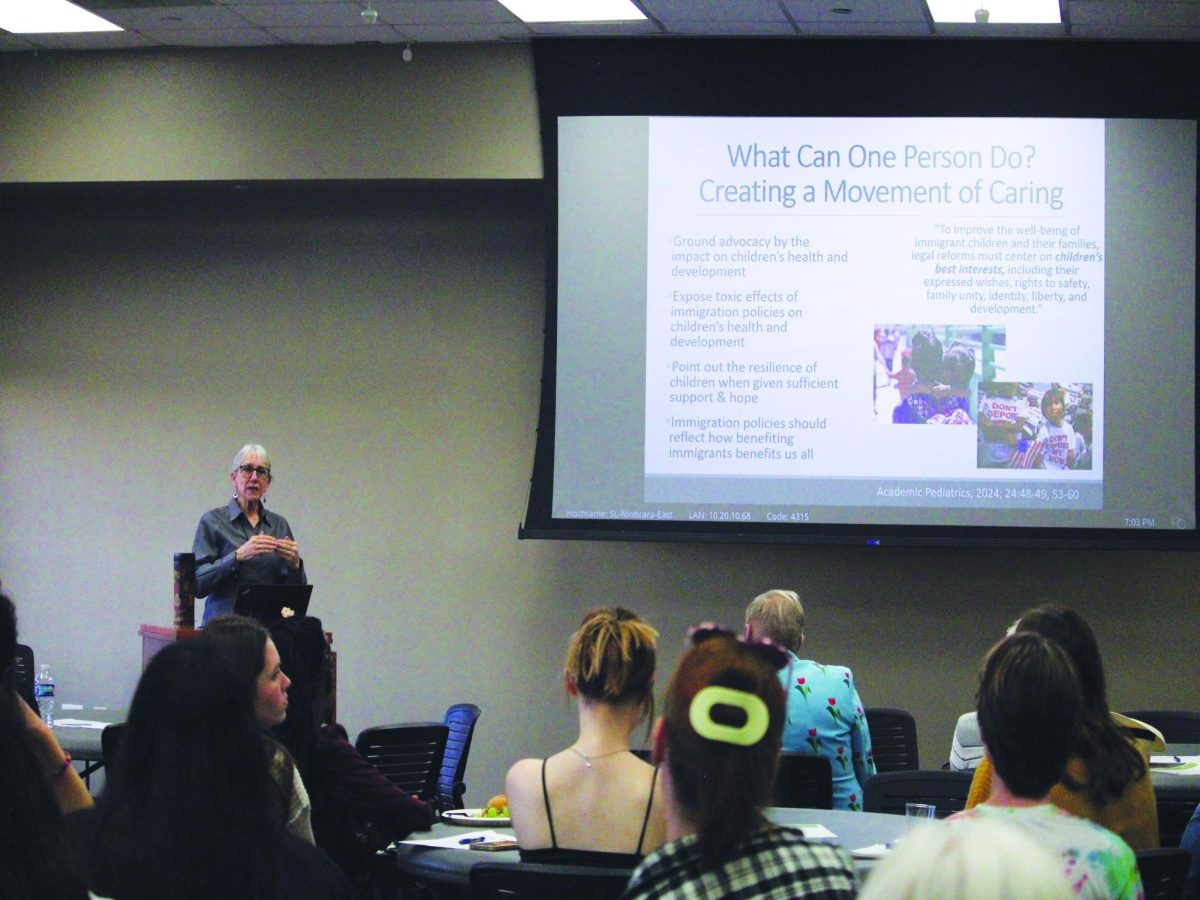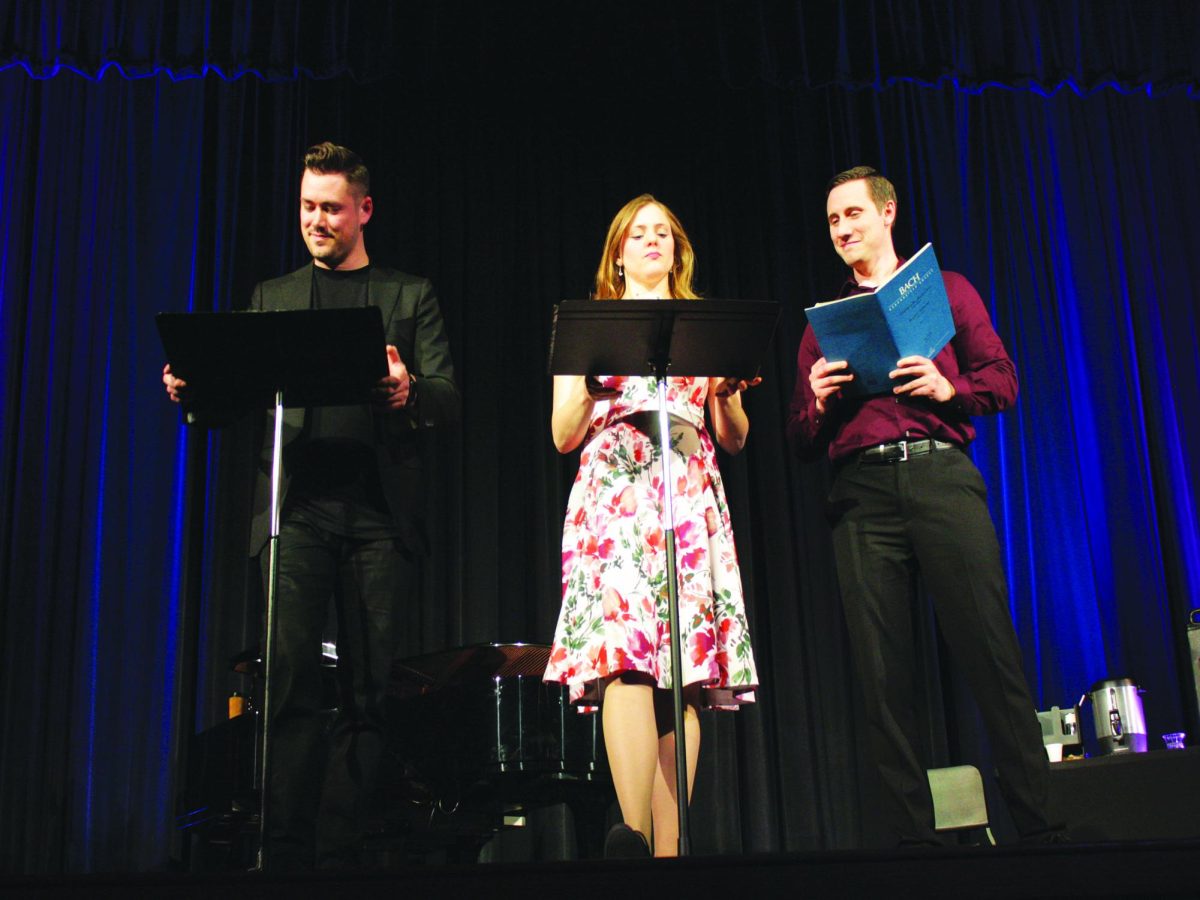‘Judas Goat’ worth a serious read-through
October 7, 2015
For those not in the know, the Judas Goat is an anthology of art and literature produced by the WSC Press that contains submissions from undergraduate students of the college.
For those who are in the know, it is a madcap compilation of short fiction, poetry, photography and other art mediums.
As an anthology, treating last year’s Judas Goat as a monolithic work is a mistake. However, reviewing each author’s submissions separately is tedious and would probably take about as long to read as the Goat itself. Instead, this will cover impressions the works made on me.
Overall, this version of the Judas Goat is pretty melancholy. It starts off with Laura Anderson’s poem (if the name sounds familiar, it’s because she’s the Grand Editor Overlord of the Stater) “When My Parents Told Me They Were Getting Divorced” and sets the tone for the whole thing. From there, stories and poems cover everything from love found, love lost, murder, expectations in life, tragedy, good fathers, bad mothers, surrogate families, the whole nine yards. Not exactly light material.
The Goat is arranged in alphabetical order and, if memory serves, there isn’t a deliberately funny story until the reader has worked most of the way through the R section. There, readers will encounter “Stalemate,” by Brittany Robertson, telling the tale of what happens when pride and wills clash through the walls of bathroom stalls.
With that, the mood in the Goat shifts a bit. The frequency of lighter-hearted stories goes up, while still addressing all of the serious things that came before. It serves to break the tension of the book in a big way. We get things like Ainsley Stewart’s “Daddy Date,” a recounting of one such event that is pure sweet dreams fuel, Ryan Sousek’s “Tight Red Lifesaver,” an otherwise bleak story whose mood is lightened by the amusingly precocious narrator, and Michael Vacha’s “Emo Poetry,” a title that reveals everything you need to know about the poem and is so melodramatic it swings right around into being funny.
That last one may be colored by how it was performed at one of last year’s poetry slams, but that’s true of a lot of the works here: if you’ve been to any of the slams or open mic nights in the last two semesters, you’ve probably heard them read at least once. If there was a piece you liked, it stands a decent chance of being in the Judas Goat, since it is run by the same group that runs those events.
All of the art in the book leans away from the concrete, preferring the downright bizarre, disturbing, or impressionistic (although I’m not an art major, so I may be misusing terms here). We see such things as a tiger that appears to be made out of swirled paint, a postcard, the mutant fusion of a portrait and a Jackson Pollock painting, mixed media sculpture (which I’ve got to say looks pretty cool, if a little skeletal), and urban exploration photography. Overall, it makes for an eclectic viewing experience even if one ignores the literature that comes with it.
Now for the final question, the one which drives all reviews: is this worth getting?
The short answer is yes, definitely. A longer answer would be that it is undeniably well-written. It’s clear that the submitters knew what they were doing. From that standpoint, I completely recommend the most recent edition of the Judas Goat. If you’re looking for lighthearted and funny fare, I think your interests would best be served elsewhere.









